Budgeting Software – 5 Common Budgeting Mistakes to Avoid
Budgeting Software – 5 Common Budgeting Mistakes to Avoid
Having the correct budgeting software helps to avoid common budgeting and forecasting mistakes. Too many small to medium sized businesses still rely on spreadsheets for budgeting. With spreadsheets known for containing calculation, input, formula and modelling errors, it is no surprise that reliance on the spreadsheet models leads to miscalculations and time wastage.
Repetitive tasks cannot be automated with spreadsheet models and collaboration is difficult. Keeping record of which spreadsheet is the latest available is also difficult, and searching through countless lines of data to find errors takes time. Time equates to money in the competitive business world of today, so time spent on finding errors thus means money lost.
Instead of relying on spreadsheets, companies should use appropriate budgeting software that is scalable according to the company’s growth. Such software enables input from various persons, without causing confusion as to which model is the most up to date. It also enables the setting of various scenarios, and shortens the time from budgeting to approval. With such budgeting software, it is possible to adapt the budget according to the real needs of various departments in line with the organisational goals, instead of working in silos and having departments compete for funds to further their own agendas.
Now that it is established that budgeting software, as available from KPI Management Solutions, is the first step towards streamlining of the budgeting process and ensuring accurate decision-making faster, because of availability of information, let’s take a look at some of the common budgeting mistakes made by small to medium sized businesses, and how to avoid such.
1. Not making provision for expense fluctuations
Spreadsheets make updating and adapting the budget difficult, because changes in one worksheet may require changes across many worksheets. As a result, many business owners work with rather rigid budgets, and don’t make provisions for fluctuations in expenses. Some expenses fluctuate quarterly, others monthly. The company can, for instance, spend more money with lower income during the winter months, if tourism is its main business activity. If the budget doesn’t make provisions for fluctuations in expenditure, then it is difficult to benefit from cost savings. It also hinders the executive management’s ability to have accurate insight into the company’s finances. It is thus essential to ensure that the budget is flexible enough to accommodate for fluctuations and unexpected costs.
2. Only doing monthly checking of costs and receipts
Many things can change in one month. Waiting until the month-end to track or review expenditure can leave the business without enough cash flow for the next month. Apart from poor management practices, cash flow problems are the main reason for business failures, especially in the start-up months. Expenditures must be tracked weekly, ensuring a closer tab on the costs, and thus cash flow management. At the same time, it is important to track the receipts for the expenditures when the purchases and payments are made. This helps to prevent over spending.
3. Over complicating the budget
Using expensive budgeting software that is too difficult to use or understand frustrates the managers, and at the end of the day, it leads to inaccuracies. If extensive training is required to use the budgeting software, then it is time to switch to a new sophisticated, yet easy-to-use and understand, budgeting solution, as available from us. This will ensure accurate budgeting, tracking, analysis, forecasting and reporting.
4. Unrealistic income projections
Although it is certainly good to be optimistic in life, when it comes to business income projections, being conservative in estimates is better than dreaming beyond realistic income projections. It is important to review past income patterns, market conditions, competitors and client base growth when making income projections. Just pulling figures from the air and hoping that sales will meet expectations is day dreaming, and the business world is about realistic figures. It is thus essential to keep close tabs on changes in the business landscape, in addition to reviewing historical performance. This is possible when using the correct budgeting software.
5. Underestimating expenses
The same applies to expenses. Don’t underestimate the cost of sales. All past, current and future expenses must be taken into consideration. Prices change, and changes in the political and economic landscape, locally and internationally, affect prices related to material production, transportation, advertising, online marketing, labour, utility accounts, taxes, travel costs, shipment, and more. Every expense must be reviewed to determine how cost savings can be accomplished.
Get the right tools for budgeting, and follow sound budgeting and forecasting principles to ensure business success. View our solutions and call on our expertise to help your company budget accurately.


